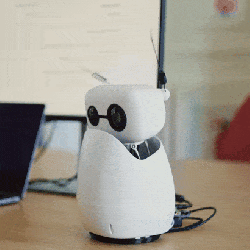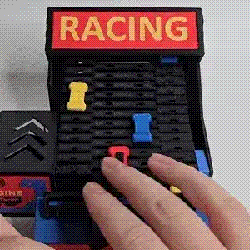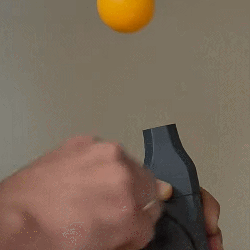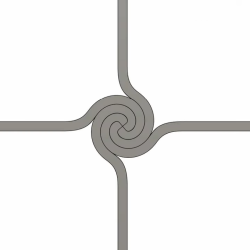Reachy Mini is a kit for a compact, open-source robot designed explicitly for AI experimentation and human interaction. The kit is available from Hugging Face, which is itself a repository and hosting service for machine learning models. Reachy seems to be one of their efforts at branching out from pure software.

Reachy Mini is intended as a development platform, allowing people to make and share models for different behaviors, hence the Hugging Face integration to make that easier. On the inside of the full version is a Raspberry Pi, and we suspect some form of Stewart Platform is responsible for the movement of the head. There’s also a cheaper (299 USD) “lite” version intended for tethered use, and a planned simulator to allow development and testing without access to a physical Reachy at all.
Reachy has a distinctive head and face, so if you’re thinking it looks familiar that’s probably because we first covered Reachy the humanoid robot as a project from Pollen Robotics (Hugging Face acquired Pollen Robotics in April 2025.)
The idea behind the smaller Reachy Mini seems to be to provide a platform to experiment with expressive human communication via cameras and audio, rather than to be the kind of robot that moves around and manipulates objects.
It’s still early in the project, so if you want to know more you can find a bit more information about Reachy Mini at Pollen’s site and you can see Reachy Mini move in a short video, embedded just below.
Continue reading “Reachy The Robot Gets A Mini (Kit) Version”




















